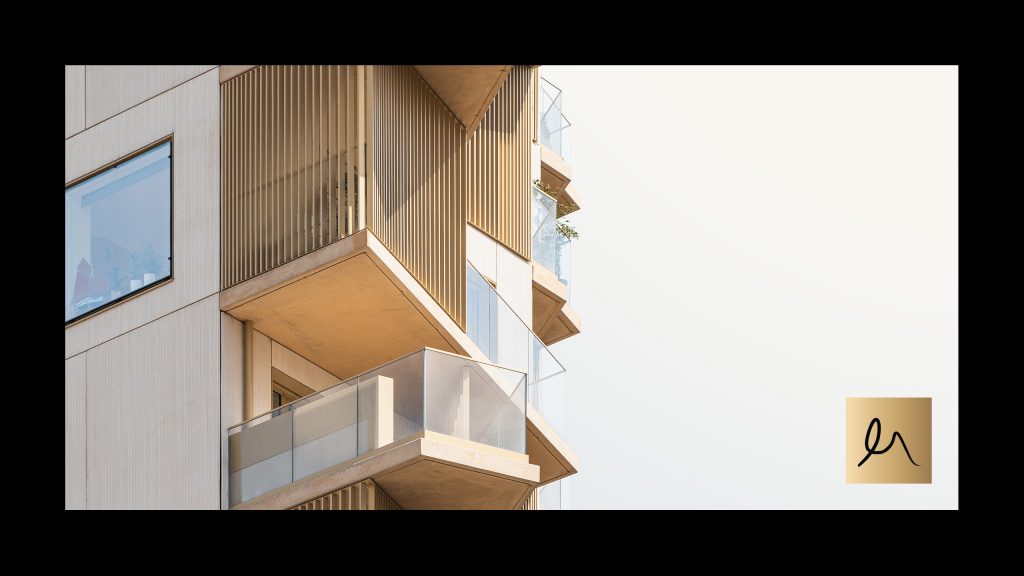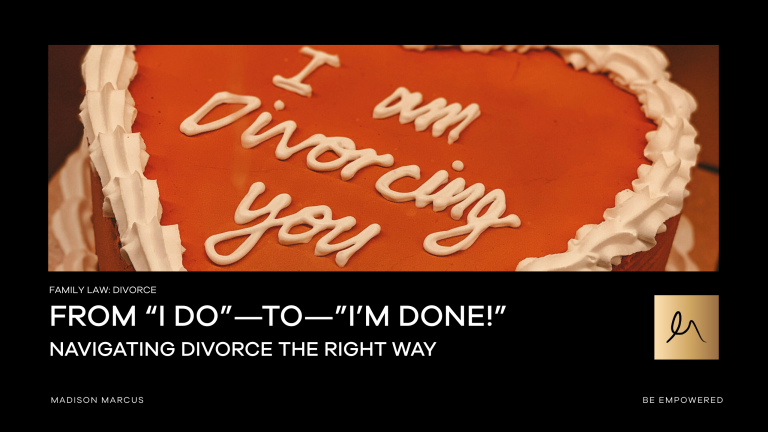In 2016, the new strata renewal process, also known as collective sales, came into effect under Part 10 of the Strata Schemes Development Act (SSDA). This process allowed 75% of owners to force any dissenting owners to sell to a developer, by going through a very detailed process.
There have been a handful of these matters which have gone through this process, which ends with Land & Environment Court orders. However, last Thursday was the hearing of the first fully defended strata renewal matter. In that matter, the sole dissenting owner of the 45 units opposed the sale, and engaged lawyers to oppose the orders. James Moir and Anna Minassian of the Madison Marcus strata team appeared in the proceedings, acting for the developer trying to buy the site, having a bystander role in the proceedings but privy to all arguments.
Ultimately, the owners corporation, aware that its application and process had flaws that could not be cured, discontinued the application. This means there will not be a reported decision to guide other lawyers in the future (other than possibly on costs).
What is the strata renewal process?
The strata renewal process involves all of these steps:
- Proposal received from a developer
- Strata committee approves the proposal and puts it to a general meeting
- General meeting approves the proposal (>50%) and selects a strata renewal committee (SRC)
- SRC prepares a strata renewal plan (Plan)
- The Plan includes an independent valuation which has to include specific matters
- Once the Plan is prepared, the SRC convenes a general meeting to consider it
- The owners corporation then decides whether or not to give the Plan to owners for their consideration. A special resolution (75% based on unit entitlement) is needed
- The owners corporation appoints a returning officer (who counts the votes received from owners)
- The owners then decide whether to give support notices to the returning officer
- If the required level of support is reached (75% of the lots, counted by number of lots), then the Plan is approved. The returning officer tells the secretary of the owners corporation whether the required level of support was reached
- If it is, the secretary gives notice of this to each owner and records this fact on the common property title
- If the required level of support is reached, the owners corporation has a meeting to decide (50% vote) to apply to the Land & Environment Court for an order. The application to the court and the court proceedings have to follow set procedures as well.
What went wrong with the process?
Under s182(1) of the SSDA, the court must make an order to enforce the Plan if satisfied of certain matters, including that all steps taken in preparing the Plan and obtaining the required level of support were carried out correctly. However, if it is not satisfied as to those matters, under s182(4) it must not make the order. If the court decides not to make the order or the Plan otherwise lapses, no further similar proposal can be made for 12 months.
The mistakes made by the owners corporation during the process included the following:
- Not giving proper notice of general meetings. Normally 7 days’ notice is needed for a general meeting, but for some general meetings during the strata renewal process 14 days’ notice is needed.
- Not appointing the SRC properly
- The Plan did not include all interests in lots
- The valuations did not include the required information
To avoid the risk of getting the process wrong and the Land and Environment Court not making your orders, contact us today for advice on your strata renewal plan. You need to get the process right from the start.
If you’re considering a strata renewal, it’s important to do your research and get professional advice. A Madison Marcus strata lawyer can help you understand the process and your rights.
Get in touch with our team strata@madisonmarcus.com.au






